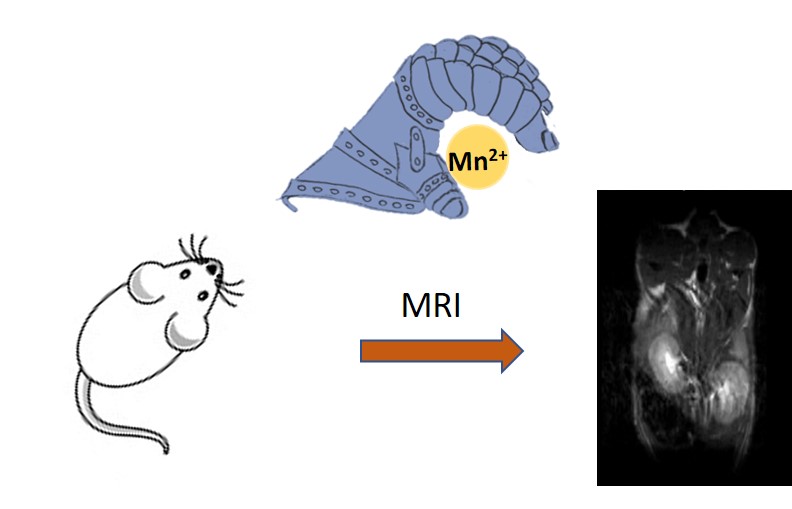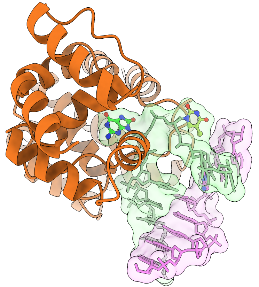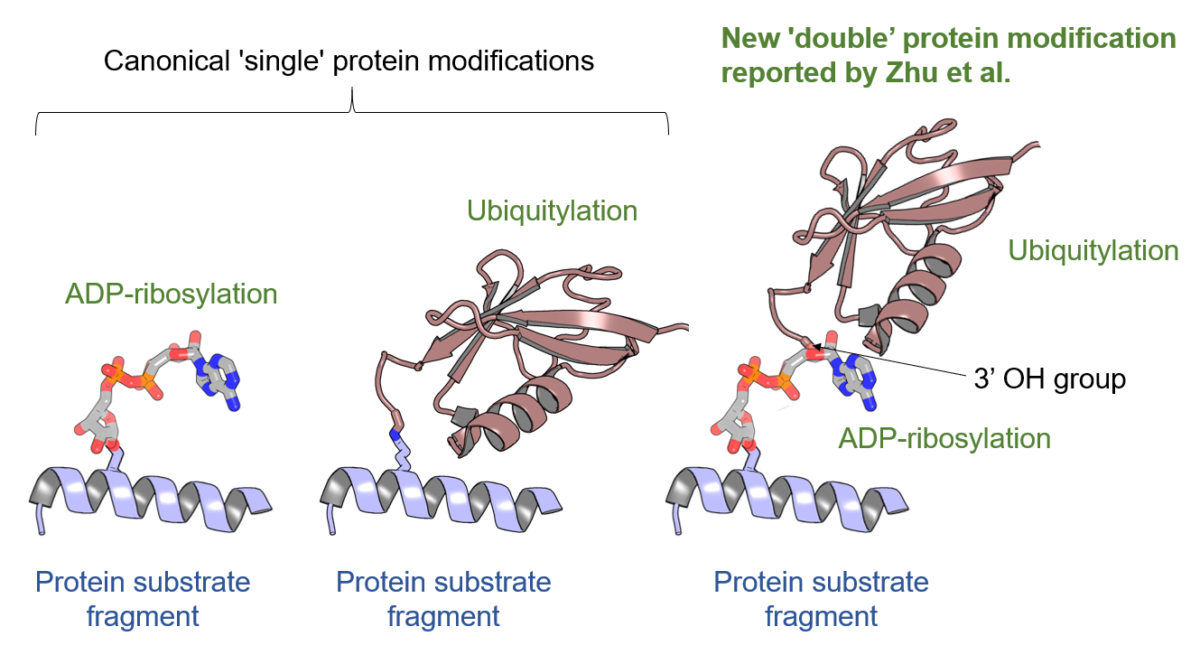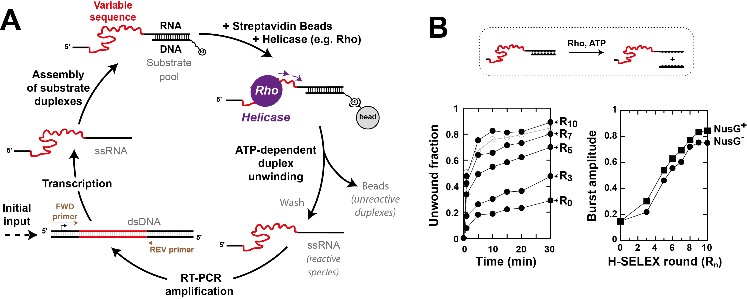As an essential metal ion and an efficient relaxation agent, Mn2+ holds great promise as a substitute for Gd3+ in MRI contrast agent applications, if its stable and inert complexation can be achieved. To achieve this goal, the “Metal complexes and MRI” team of CBM and their collaborators from the University of Heidelberg, Germany, created a Mn2+ selective chelator by introducing four pyridine and one carboxylate donors on a bispidine skeleton. Thanks to a highly rigid and preorganized structure and perfect size-match for Mn2+, the new ligand L provides not only remarkably high thermodynamic stability, but also excellent selectivity over the major biological competitor Zn2+, as well as kinetic inertness. The unusual eight-coordinate structure of the Mn2+ complex, in contrast to the six-coordinate structure of the Zn2+ analogue, underlines that the coordination cavity is perfectly adapted for Mn2+, while it is too large for Zn2+. The MRI efficiency of this MnL complex is about 30% higher than that of typical Mn2+ systems. In vivo MRI experiments realized in control mice at a very low dose (0.02 mmol/kg) indicate good signal enhancement and fast renal clearance. Taken together, MnL is the first chelate that combines such excellent stability, selectivity, inertness and relaxation properties, all of primary importance for MRI use.
D. Ndiaye, P. Cieslik, H. Wadepohl, A. Pallier, S. Même, P. Comba, and É. Tóth, Mn2+ bispidine complex combining exceptional stability, inertness and MRI efficiency, J. Am. Chem. Soc. 2022, doi : 10.1021/jacs.2c10108
JACS spotlight sur cet article : https://pubs.acs.org/doi/pdf/10.1021/jacs.2c12719







